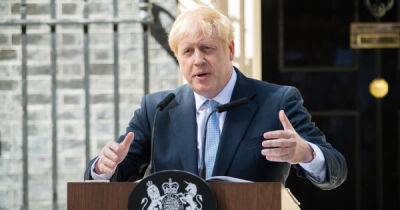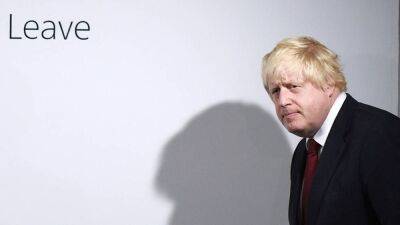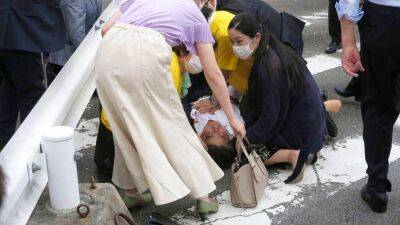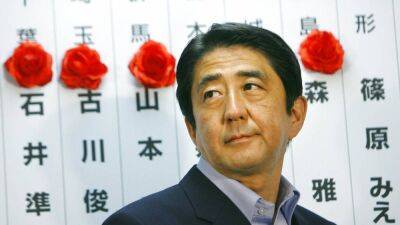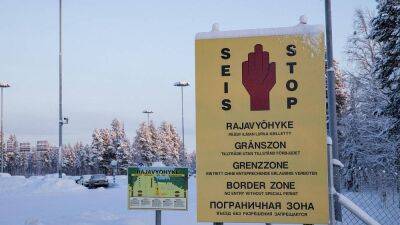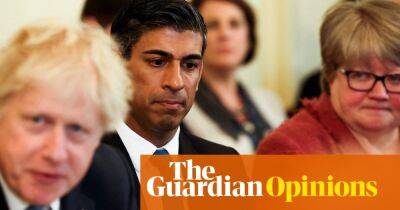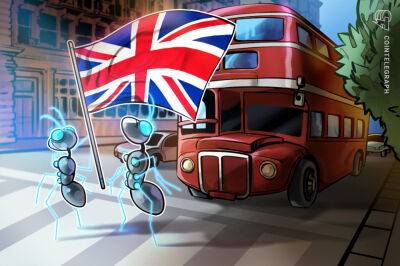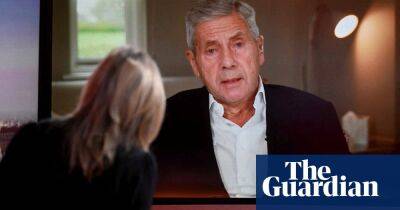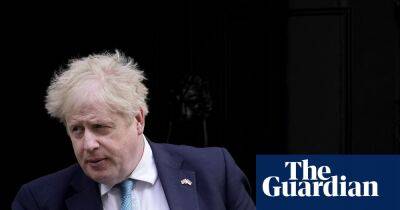From Thatcher to Johnson: how right to buy has fuelled a 40-year housing crisis
‘It feels like a way to change your fortunes – that’s the British dream,” says the writer and housing rights campaigner Vicky Spratt on right to buy. When she began researching Tenants, her new book about Britain’s dysfunctional private housing market, she knew that Margaret Thatcher’s flagship policy, which has seen 2m homes bought by council tenants at massive discounts since 1980, was important.
By the time she finished it, Spratt realised it had “entered the public consciousness like no other policy, and in that respect it’s one of the most successful of all time”.
Thatcher would be disappointed, though. Forty-two years later, the “property-owning democracy” she craved is receding from view. When right to buy was launched as part of the Housing Act 1980, 55% of householders were homeowners. The figure peaked at 72% in the early 00s but currently stands at 65%. Meanwhile, council housing has decreased, too. In 1979, there were 6.5m council homes; now there are 2.2m, while 4.4m households rent privately, twice as many as 15 years ago.
Nevertheless, Boris Johnson recently announced that right to buy will be extended to tenants of housing associations – not-for-profit organisations that let homes to about 2.5 million people at rents of up to 80% of the market rate. Millions of right-to-buyers have “switched identities and psychology”, Johnson claimed, from state dependence to proud self-reliance, echoing Thatcher’s fixation on “the independence that comes with ownership”.
Polly Neate, the chief executive of the housing charity Shelter, has said that extending the right to buy now, when the waiting list for social housing in England stands at 1.6m, is “baffling, unworkable and a dangerous gimmick”.
This is because although
Read more on theguardian.com



